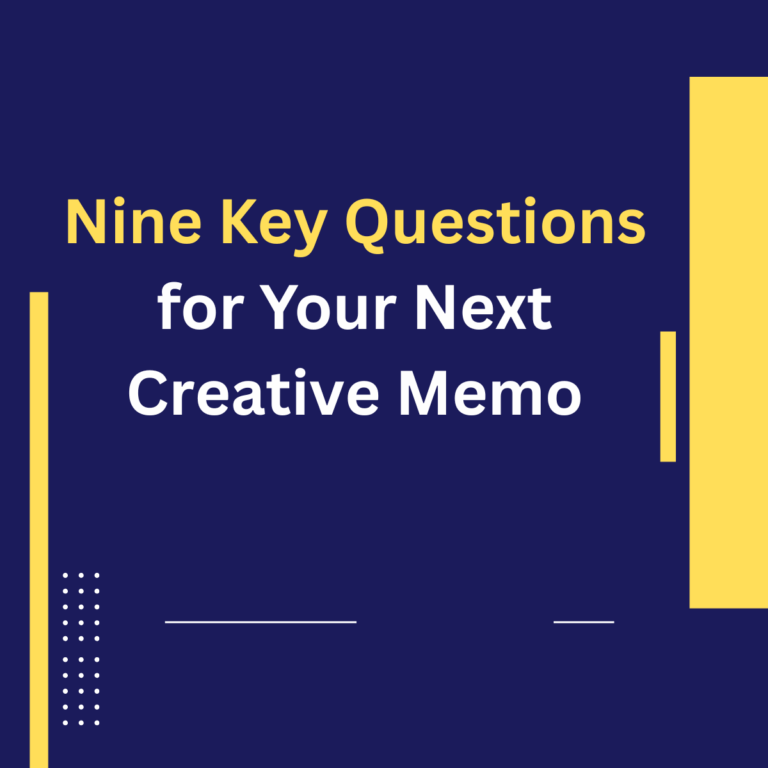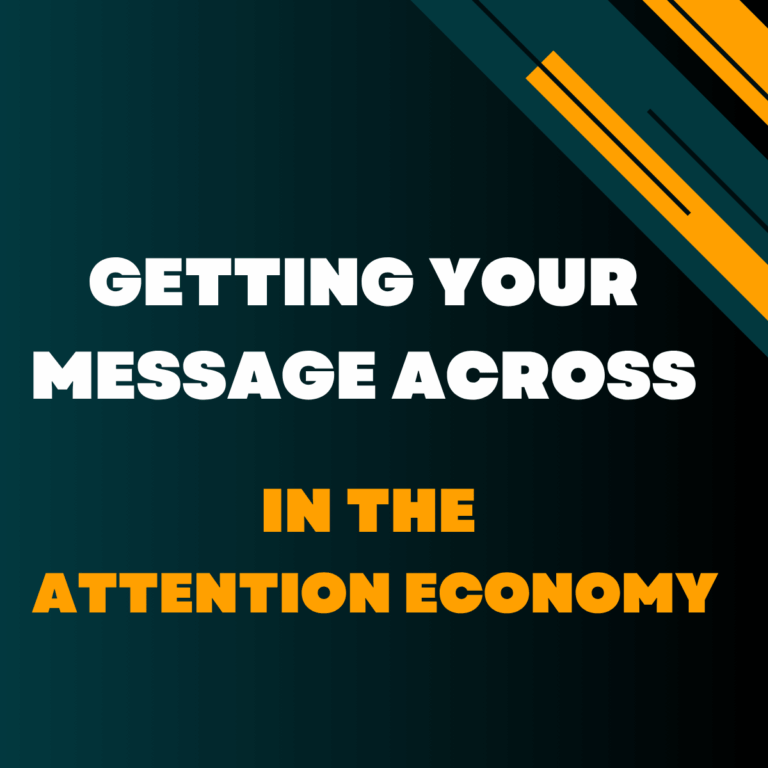389 words on attention, messaging and the shifting media climate
Today, four keys to delivering persuasive Trump 2.0 messaging in a fundamentally altered media landscape.

Media efforts have always aimed at attracting attention. But, Chris Hayes’ new book The Siren’s Call, describes what’s different now.
It’s no longer the occasional good media hit or effective TV spot that matters. What really counts is dominating what Hayes calls the “total attentional atmosphere.” Cautious, sporadic Democratic efforts are no match for Trump “flood the zone” tactics that squeeze out other narratives.

Meeting every new Trump threat with a solemn “that’s really bad” response doesn’t advance our narrative. It reinforces his.
AOC’s suggestion that Democrats “need to be brawlers for the working class” is a good anchor for a strong counter narrative. Especially true if paired with Trump not lifting a finger to lower food prices, make housing more affordable and address other kitchen table issues. Trump’s a brawler alright, but he’s a brawler for billionaires.

It’s not just about communicating on new channels. It’s about what we say when we get there. Six months before the 2024 election, I offered this warning:
“The broadly stated “existential threat” message works fine for politically-engaged, progressive voters. But for other audiences that follow politics less closely, it may not connect . . . Don’t keep the conversation up in the philosophical heights.” The same warning applies to over-investing in framing Trump’s agenda as a constitutional crisis (which it clearly is) rather than telling a more emotional, down-to-earth story about a reckless assault directly hurting working class people and upending their lives.

As we respond to Trump’s assault, the natural tendency is to focus on people primed to engage in resistance. But we can’t forget this: when it comes to beating back Trump and winning the 2026 elections, connecting with and persuading less engaged audiences is vital. And the people we need to reach don’t read the New York Times, watch 60 Minutes or subscribe to The Atlantic.

Hopefully this memo helps highlight key media climate choices ahead of us.








